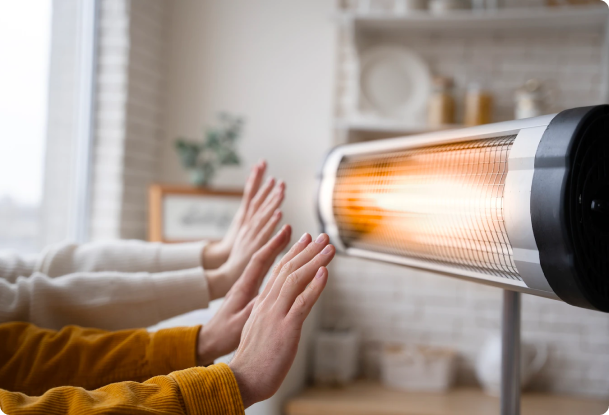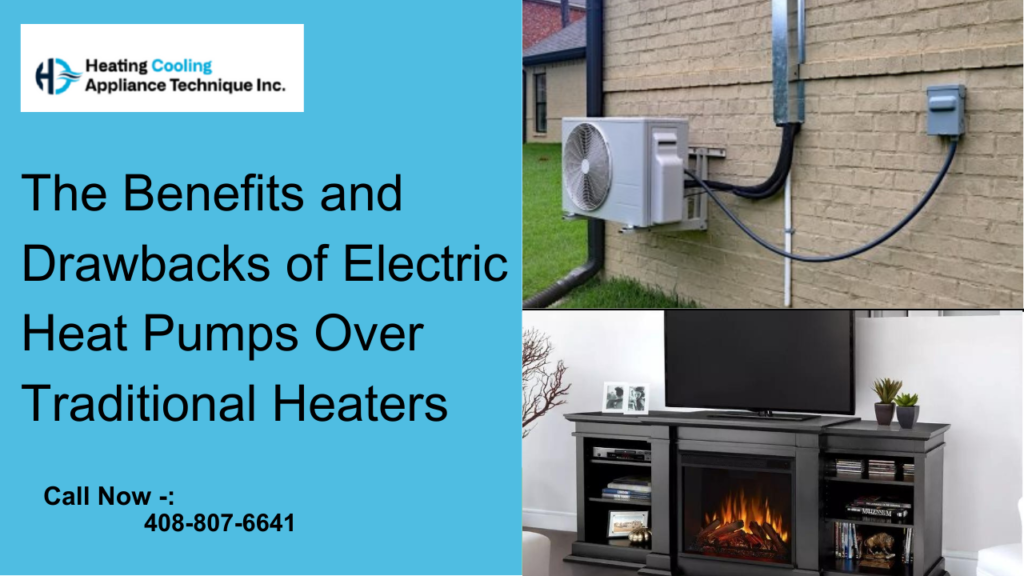
Furnace Repair San Jose is essential for keeping the home’s heating systems running smoothly. The role of a furnace in a house is to provide heat during the colder months. Furnaces work by burning a fuel source, such as natural gas, propane, or oil, to generate heat. The heat is then circulated throughout the house using a system of ducts and vents. In addition to providing heat, furnaces also play a role in the overall energy efficiency of a house. Proper maintenance is key to preventing costly furnace repairs.
Different Types of Furnaces
Natural gas furnace: A natural gas furnace burns natural gas to generate heat. Natural gas is a popular fuel source for furnaces because it is readily available and relatively inexpensive.
Propane furnace: A propane furnace burns propane, which is a type of liquid petroleum gas, to generate heat. Propane furnaces are typically more expensive to operate than natural gas furnaces.
Oil furnace: An oil furnace burns oil, such as heating oil or kerosene, to generate heat. Oil furnaces are not as common as they once were, due in part to the higher cost of oil compared to other fuel sources.
Electric furnace: An electric furnace generates heat using electricity. Electric furnaces are generally more expensive to operate than furnaces that burn fossil fuels, but they do not produce any emissions.
Hybrid furnace: A hybrid furnace combines a traditional furnace with an electric heat pump to generate heat. Hybrid furnaces are suitable for use in climates with extreme temperatures and can be more energy efficient than traditional furnaces.
How a Typical Furnace Works
A furnace system uses a fuel source, such as natural gas, propane, or oil, to produce heat. The heat is then distributed throughout the home using a system of ducts and vents.
In a furnace, fuel is burned in a combustion chamber to produce heat. The heat is then transferred to a heat exchanger, which is a device that transfers heat from one substance to another. The heat exchanger is typically made of metal and is located inside the furnace.
Air from the home is drawn into the furnace through a return air duct. The air passes over the heat exchanger, where it is heated. The heated air is then blown back into the home through a system of supply ducts and registers. A furnace also has a control system that regulates the operation of the furnace. The control system includes a thermostat. The control system also includes a blower motor, which powers the furnace’s fan, and a fuel valve, which controls the flow of fuel to the furnace.

Furnace Repair Process
The process of repairing a furnace typically involves the following steps:
Speak with the experts: A trained and certified furnace repair professional will visit the home to assess the issue with the furnace and determine the cause of the problem.
Diagnosis: The furnace repair professional will diagnose the issue using specialized tools and equipment.
Repair: Once the issue has been diagnosed, the furnace repair technician will repair or replace any worn or damaged parts as needed.
Testing: The furnace repair professional will test the furnace to ensure it is operating correctly and make any necessary adjustments.
The length of time required to repair a furnace is determined by the severity of the problem and the availability of replacement parts. It is vital to choose a reputable and professional furnace repair company to ensure the safety and efficacy of the repair.

Signs That the Furnace Is Facing Issues
Here are some signs to look for that may indicate your furnace is having trouble:
The furnace is not turning on: If the furnace is not turning on at all, it could be due to a variety of issues, such as a faulty thermostat, a tripped circuit breaker, or a malfunctioning ignition system.
The furnace is making unusual noises: Furnaces that are making strange noises, such as banging, popping, or squealing, could be experiencing issues with the blower motor or other mechanical components.
The furnace is not producing enough heat: If the furnace is not producing enough heat, it could be due to a variety of issues, such as clogged air filters, a malfunctioning thermostat, or a problem with the burners.
The furnace is cycling on and off frequently: If the furnace is turning on and off frequently, it could be due to a malfunctioning thermostat, a problem with the limit switch, or a blockage in the exhaust system.
The furnace is producing an unusual smell: Furnaces that are producing an unusual smell, such as a burning smell, could be experiencing an issue with the burners or other mechanical components.
If you are experiencing any of these issues with your furnace, it is important to have it inspected and repaired by a trained and certified furnace repair professional in San Jose as soon as possible to prevent further damage.




